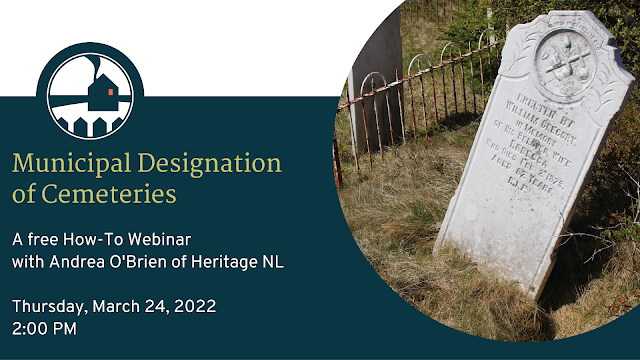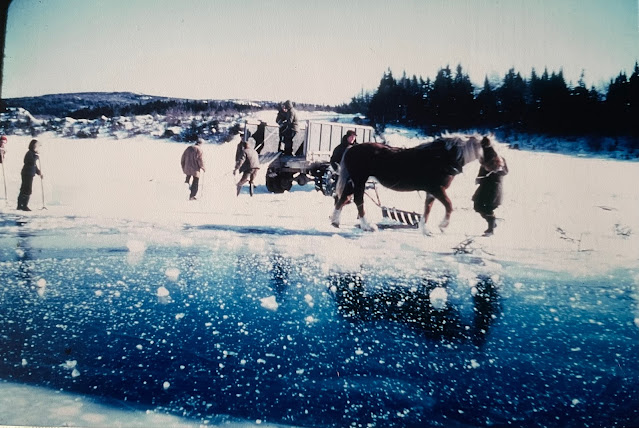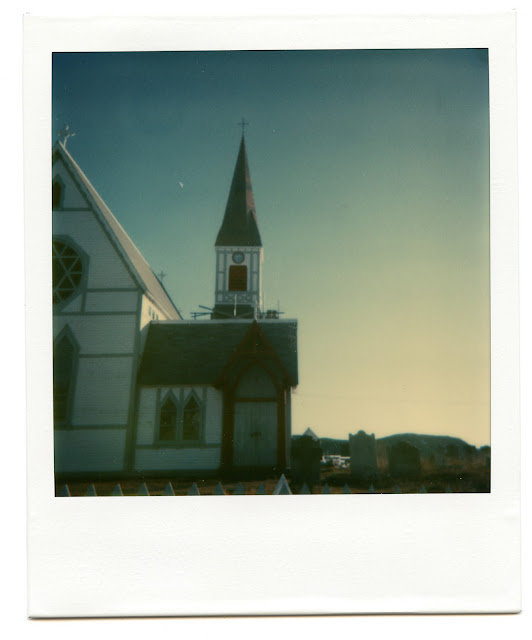EXPRESSIONS OF INTEREST
are being sought for a
Seasonal - Continuing Employment Opportunity with
Trinity Historical Society Inc.
as a COOPER/MUSEUM SUPERVISOR
for up to sixteen weeks (potentially longer) at 35 hrs/wk.
Trinity Historical Society is seeking expressions of interest from individuals who are interested in becoming the Cooper/Museum Supervisor at our Cooperage in Trinity.
Trinity Historical Society will provide orientation and training to the position in Trinity and potentially out of province (possibility of Ross Farms, Nova Scotia).
You will be expected to sign a contract of seasonal employment with the Society for a minimum of three years; provide demonstrations in barrel making and making a barrel and other products made of wood at the historic site for sale for the Historical Society; provide interpretation on the trade and history of the Cooperage to visitors; supervise one or two students during the summer and oversee the day-to-day operations of the historic site.
Education, Experience and Training:
You are a mature individual with graduation from high school and some carpentry and/or woodworking experience; you have excellent communication skills and are comfortable in communicating with individuals and groups; you are highly organized, self motivated and creative and possess a knowledge of and interest in the history of Trinity and area, of Newfoundland and Labrador and of coopering (wood work); you must be pleasant and outgoing, capable of working on your own as well as with others and have some prior experience in dealing with the public.
A valid driver’s license, use of a private motor vehicle and First Aid would also be an asset but not necessary. Any prior experience with general or heritage carpentry will be considered an asset but not necessary for application. Should you have any wood working experience the provision of some pictures of our work would be appreciated with your submission.
Salary and Benefits:
Starting salary to be determined based on work experience and negotiable. Benefits include vacation allowance to 4% of bi-weekly pay, Workplace, NL premium and payment of the employer’s share of Mandatory Employment Related Costs for Canada Pension Plan and Employment Insurance Premiums.
Additional information or any questions please contact us 464-3599 or e-mail: ttci@nf.sympatico.ca.
Applications will be screened and successful applicants will be interviewed prior to selection. Please mail or e-mail your cover letter, resume and references to:
Trinity Historical Society Inc.
P.O. Box 8 Trinity, NL A0C 2S0
Fax: (709) 464-3599 e-mail: ttci@nf.sympatico.ca
Deadline: 4 PM Friday, March 18, 2022




































